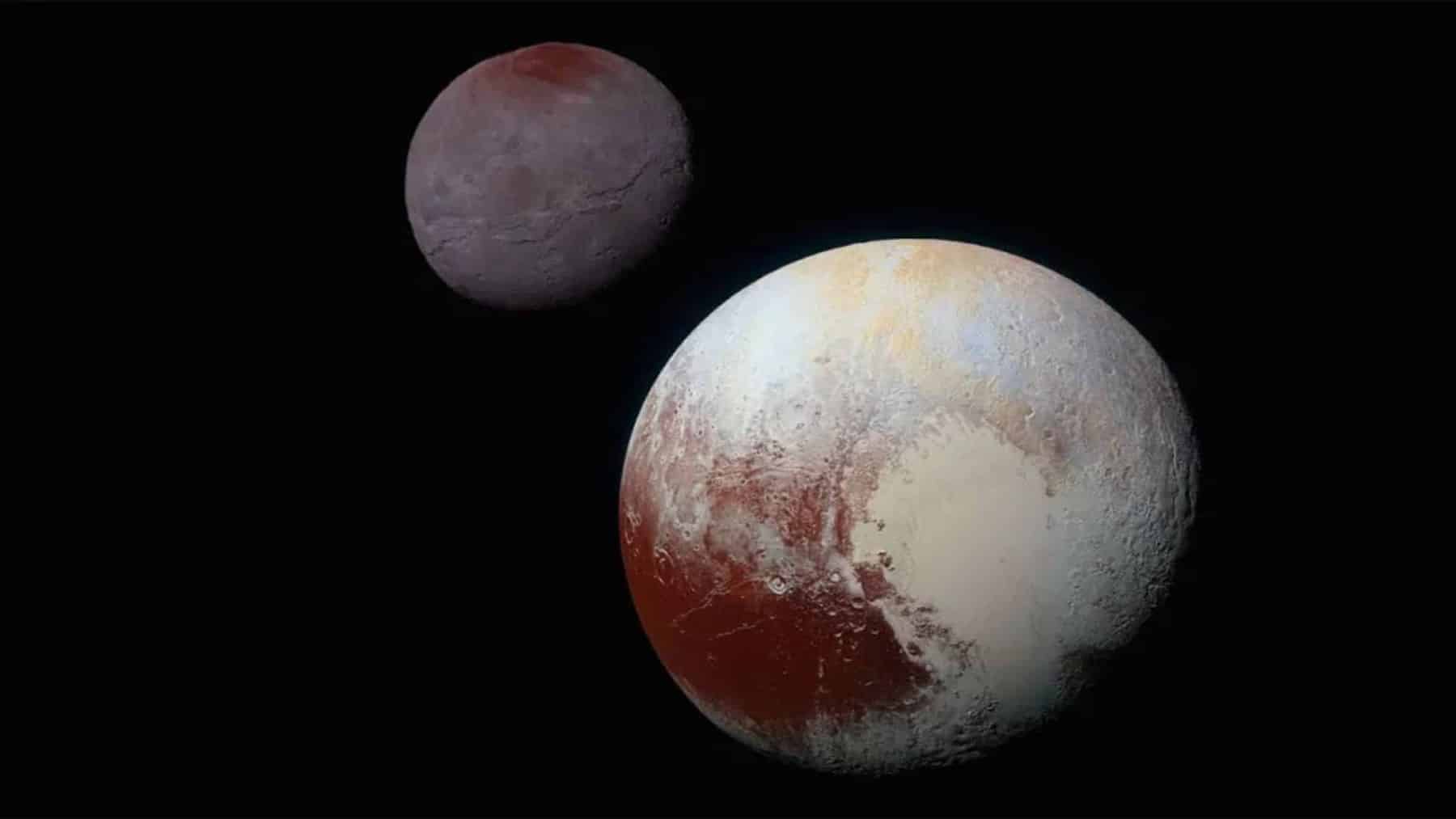For a long time, astronomers and astrophysicists have wanted to observe anomalies occurring within the border of Neptune. Recently, a scientist at the Institute of Advanced Study has embarked on a similar journey with the aid of specialized techniques to unravel a mysterious galactic formation that is currently undergoing scrutiny and rigorous analysis. How will this discovery hold up in the face of experimentation and analysis?
The buildup that led to discovery: Examining the result of the sky surveys
As we know, celestial explorations and expeditions have one major goal in mind: To inform humanity about the aberrations in the far depths of the never-ending vacuum we call space. Not too long ago, astronomers deployed various wide-field telescopes to perform this function while also surveying our never-ending cosmological carpet, in a bid to discover something unique and intricate that leads to a greater discovery.
Over time, it was noticed by astronomers that the data obtained from the instruments at the time were filled with weak detections, ambiguous data, and much more, leading to an overall decrease in space assumptions and deeper exploration.
This was never going to be the case forever, but astronomers back then wouldn’t have known this fact. As we speak, several sophisticated and multi-complex instruments capable of detecting even the slightest changes in colors and celestial formations are being incorporated into the core of astronomy research agencies and firms.
The research team that spearheaded the track-down procedure
In this context, a scientist’s name stands out amidst all the frenzies: Sihao Cheng. The scientist with his research team was able to track faint moving objects far beyond Neptune, against the cosmological landscape. Whilst the track down was ongoing, a particular one kept reappearing with a consistent signal on a slow and steady drift.
The next step was to juxtapose with the earlier survey from the past, and within the juxtaposing process, the trail suddenly lined up. A faint dot from the past and a similar one from the present, far beyond Neptune. Over time, the dots were later given the name 2017 OF201.
How scientists were able to turn faint dots into a full-blown conversation
How do astronomers turn faint dots into a world? The key is motion, just like this groundbreaking discovery, which astronomers called a turning point. Even at extreme distances, objects in the solar system shift slightly against background stars. By linking detections from multiple years, astronomers can fit an orbit, narrowing down where the object came from, which is far beyond Neptune, and where it’s headed.
For 2017 OF201, the numbers are staggering. Its semi-major axis stretches to roughly 838 astronomical units (AU), more than 20 times farther than Neptune. Its orbit is highly eccentric, with a perihelion (closest approach) near 44.9 AU and an aphelion soaring past 1,600 AU. Completing one trip around the sun would take nearly 25,000 years.
The mysteries that are left surrounding 2017 OF201
While its existential life form has been detected far beyond Neptune and confirmed by astronomers, there is still much that needs to be uncovered by scientists to be able to give a more detailed analysis of 2017 OF201’s origin and makeup.
Astronomers are also stipulating that telescopes will be the determining tool that will separate fact from fallacy, according to the ongoing conversation. Large observatories like the Vera C. Rubin Observatory could provide deeper imaging. If 2017 OF201 has a small satellite, its mass could finally be measured directly.
Across the Milky Way, Earth’s astronomers and scientists have not really seemed to give the zone around Neptune too much of a thought for a long time, which has made 2017 OF201 undetected for a long time until now. It might still be too early to designate it the latest ninth plane, but these events contain an underlying truth: humanity still has more to uncover within the depths of our cosmos, like the mysterious red monsters discovery.

